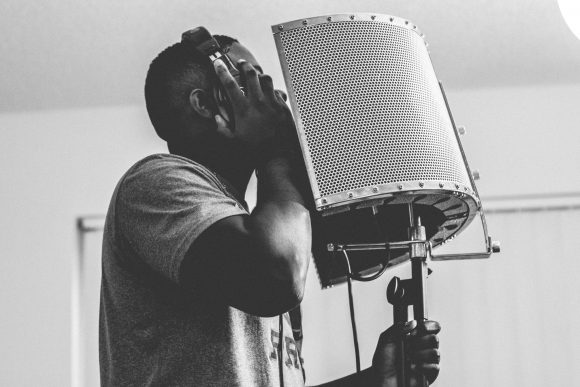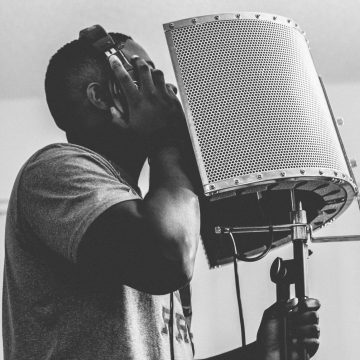
Having the right equipment for a recording studio isn’t enough in order to get the right sounds for your music. If you want to make sure that everything is in the right place, you will also want to think about the way in which things are spaced out and how you can work with that in your recording studio.
The first thing you will want to consider setting up a recording studio is how much room you will need in order for everyone to be comfortable. This means that you will need to have plenty of room to fit an average of five to ten people. If you want more people to come in, space out how much room each one will need in order to feel comfortable within your space. The size of the room as far as feet will not change the way that anything sounds, so if you think a bigger space, it is probably better.
The second part of this is dividing the space between engineering and playing. While this is not as important as it used to be, it helps for monitoring as well as mixing the sounds while others are playing. Typically, you will see one room that is divided into two. One space is for the musicians while the other is for the soundboard, mixing and mastering while those who are working are playing. This creates a better soundproof area for your recording.
With the engineering area, it is expected that everything will be in a range where you can quickly get to it and change the sounds as it is going. Having everything within your arms reach, such as the mixing board and the software, will help you to be more consistent and effective while recording other instrumentation.
The area in which the musicians are will then need to be built in a specific way. It is best to have very thin carpeting or wood floors, as this causes the sound to not be absorbed. Lower ceilings will also help to keep the sound compacted. If you have wood flooring or no carpet, you will want to consider buffering the ceiling or placing an area rug around the space in which the musicians are working. This will help to keep the sound from bouncing. On the side of the walls should be foam in order to keep the sound deadened as well. You will only want to foam certain sides, depending on the shape of the room, its size, and how it is built. If the noise becomes deadened, it will be harder to get the right mix when recording.
Another part that should be kept in mind with the musician’s area is with the voices. If you are planning on putting vocals on any songs, you will need to have a separate area for the microphones, again, depending on the size of the room. Often times, vocal boxes will be used in order to trap all of the sounds. For home recorders with a minimum budget, things such as closets will work in order to keep the sound in the right space.
Of course, each recording studio will differ according to the best way that you work, the type of instrumentation that you have, who you plan on recording, and what your needs are at the time. Before you start with your recording studio, it is best to plan out the most legitimate way to organize your equipment and your needs so that everything can be effective once it is set up.
No matter what your budget, needs or playing capacities, having a recording studio that allows you to produce professional music is an important factor in creating the right sounds and mixes. The more you plan out for your studio, and the more capacities that you have with dividing the spaces correctly and with having the right equipment, the easier it will be to create the right sounds.


